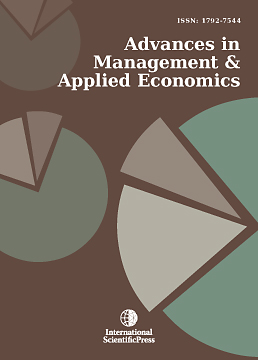Advances in Management and Applied Economics
Quantitative Easing: A Blessing or Curse
-
 [ Download ]
[ Download ]
- Times downloaded: 11206
-
Abstract
This paper explains the potential impact of Quantitative Easing on deflationary and financially distressed economy. With policy rates approaching zero and the economies still on the downslide, central banks of major economically advanced countries are to rely on important unconventional expansionary measures to stabilize financial conditions and support aggregate demand, popularly known as Quantitative Easing (QE). These measures differ considerably in their scope, and have included inter alia broad liquidity provision to financial institutions, purchases of long-term government bonds, and intervention in key credit markets. The increase in demand for gilts resulting from the Bank’s purchases will raise their prices and lower their yields. And the impact of the purchases should be felt across a range of assets, as sellers of gilts to the Bank use their new money balances to bid up the prices of other assets. But Quantitative Easing (QE) program for a long duration can result in hyperinflationary condition with increasing deficit, frozen activity and severe hurt to savings.
